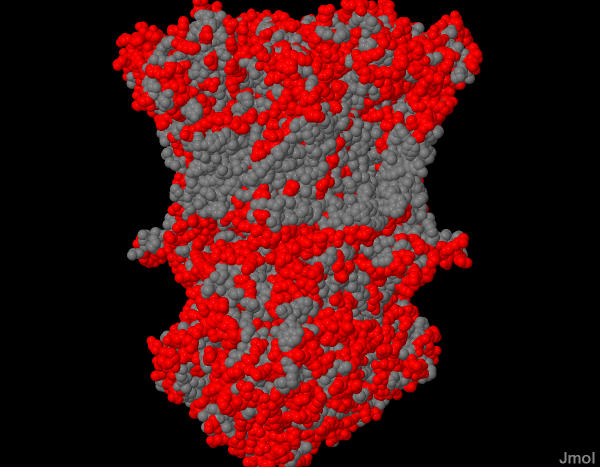|
The official database for keeping protein structures also as a Molecule of the month page. This one addresses complex III or cytochrome bc1. It is an complex protein containing many subunits and cofactors. This complex also pumps H+, but electron transfer and H+ gradient formation are more obviously linked than it was in complex I.
Check out the "Mechanism" section for a brief description of how the H+ are pumped from the inner matrix to the intermembrane space using those from CoQH2 substrate as well as a CoQ that is a permanent cofactor.
The main mechanism for complex III is electron transfer from CoQH2 to cytochrome c. This is a redox reaction. Our ultimate goal is to make ATP which is a condensation (reverse of hydrolysis). These are not compatible reaction types. You cannot use one directly with the other. Some kind of 'adapter' must be used. The generation of the H+ gradient is the first step in this 'Rube Goldberg' process. Later another type of protein will turn the gradient into useful energy yo make ATP.
This complex pumps about 4 H+ from the inner matrix to the inter membrane space for every pair of electrons transferred.
|




